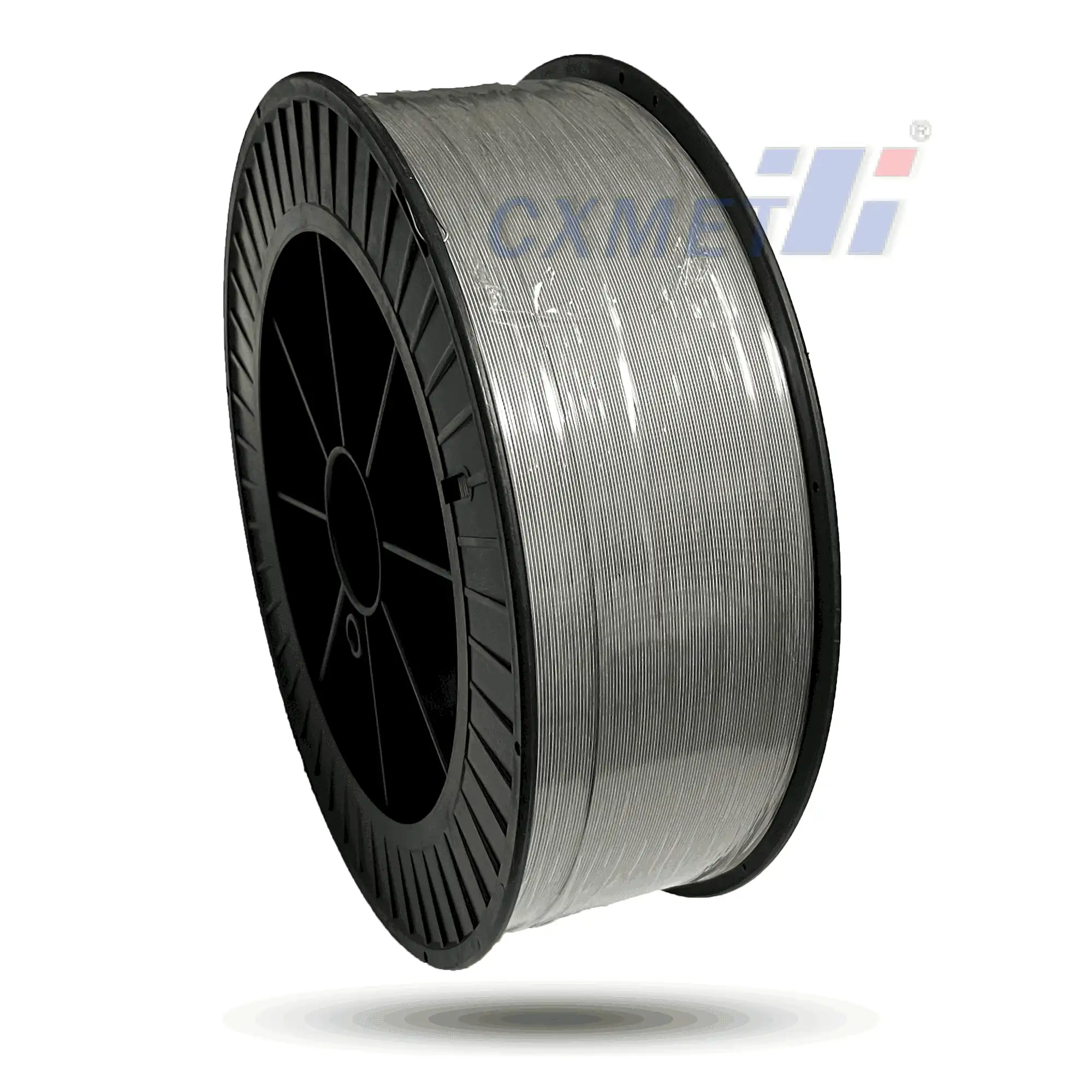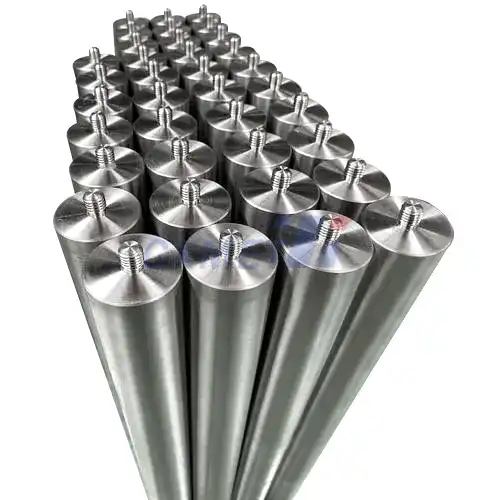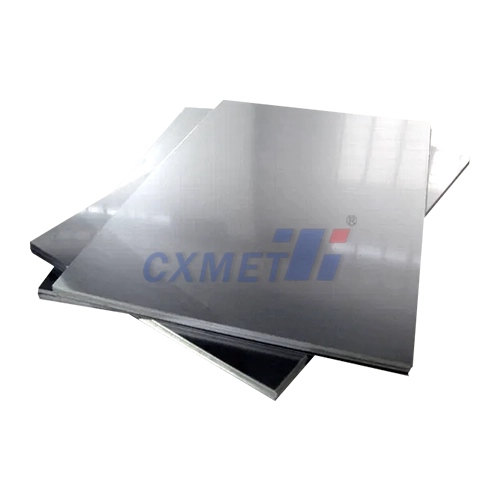- English
- French
- German
- Portuguese
- Spanish
- Russian
- Japanese
- Korean
- Arabic
- Greek
- German
- Turkish
- Italian
- Danish
- Romanian
- Indonesian
- Czech
- Afrikaans
- Swedish
- Polish
- Basque
- Catalan
- Esperanto
- Hindi
- Lao
- Albanian
- Amharic
- Armenian
- Azerbaijani
- Belarusian
- Bengali
- Bosnian
- Bulgarian
- Cebuano
- Chichewa
- Corsican
- Croatian
- Dutch
- Estonian
- Filipino
- Finnish
- Frisian
- Galician
- Georgian
- Gujarati
- Haitian
- Hausa
- Hawaiian
- Hebrew
- Hmong
- Hungarian
- Icelandic
- Igbo
- Javanese
- Kannada
- Kazakh
- Khmer
- Kurdish
- Kyrgyz
- Latin
- Latvian
- Lithuanian
- Luxembou..
- Macedonian
- Malagasy
- Malay
- Malayalam
- Maltese
- Maori
- Marathi
- Mongolian
- Burmese
- Nepali
- Norwegian
- Pashto
- Persian
- Punjabi
- Serbian
- Sesotho
- Sinhala
- Slovak
- Slovenian
- Somali
- Samoan
- Scots Gaelic
- Shona
- Sindhi
- Sundanese
- Swahili
- Tajik
- Tamil
- Telugu
- Thai
- Ukrainian
- Urdu
- Uzbek
- Vietnamese
- Welsh
- Xhosa
- Yiddish
- Yoruba
- Zulu
Can Titanium Square Bar Revolutionize Aerospace Design?
2025-08-04 17:00:44
In the ever-evolving world of aerospace engineering, the quest for lighter, stronger, and more efficient materials is constant. One material that has been gaining significant attention in recent years is the titanium square bar. This innovative form of titanium is poised to potentially revolutionize aerospace design, offering a unique combination of strength, weight reduction, and versatility. As aerospace manufacturers strive to create more fuel-efficient and environmentally friendly aircraft, the properties of titanium square bars present an intriguing solution. This article explores the potential of titanium square bars in aerospace applications, examining their advantages, comparing them to traditional materials, and discussing future trends in lightweight design. By delving into the characteristics and possibilities of this material, we aim to shed light on whether titanium square bars could indeed be the next big leap in aerospace engineering.
|
|
|
Advantages of Titanium in Aircraft Construction
Strength-to-Weight Ratio
The exceptional strength-to-weight ratio of titanium square bars makes them an ideal choice for aerospace applications. This property allows engineers to design aircraft components that are both lightweight and incredibly strong, contributing to overall fuel efficiency without compromising structural integrity. Titanium square bars exhibit a unique combination of high tensile strength and low density, surpassing many traditional aerospace materials. In practical terms, this means that aircraft parts made from titanium square bars can withstand tremendous forces while significantly reducing the overall weight of the aircraft. This weight reduction translates directly into fuel savings, increased payload capacity, and improved performance characteristics, all of which are crucial factors in modern aerospace design.
Corrosion Resistance
Another significant advantage of titanium square bars in aerospace applications is their outstanding corrosion resistance. Aircraft are exposed to a wide range of environmental conditions, from high-altitude UV radiation to saltwater spray in coastal areas. Titanium's natural ability to form a protective oxide layer on its surface makes it highly resistant to corrosion, even in these harsh environments. This property of titanium square bars ensures that aircraft components maintain their structural integrity over long periods, reducing maintenance costs and increasing the lifespan of the aircraft. Furthermore, the corrosion resistance of titanium square bars makes them particularly suitable for use in critical areas of the aircraft that are prone to moisture accumulation or exposure to corrosive fluids, such as landing gear components or engine mounts.
Temperature Resistance
The high temperature resistance of titanium square bars is another crucial factor that makes them valuable in aerospace design. Modern aircraft engines and high-speed flight generate significant heat, requiring materials that can maintain their properties under extreme temperature conditions. Titanium square bars excel in this regard, retaining their strength and structural integrity at temperatures that would compromise many other metals. This characteristic allows engineers to use titanium square bars in areas close to engines or in supersonic aircraft where skin temperatures can reach high levels. The ability to withstand these temperatures without degradation or deformation ensures the safety and reliability of critical aircraft components, making titanium square bars an essential material in advanced aerospace applications.
Square vs. Round: Shape Matters in Aerospace
Structural Advantages
The square shape of titanium bars offers distinct structural advantages over traditional round bars in aerospace applications. Square bars provide superior resistance to torsional forces, which is crucial in many aircraft components subjected to twisting stresses. This enhanced torsional stability allows engineers to design more efficient structural members, potentially reducing the overall weight of the aircraft. Additionally, the flat surfaces of titanium square bars facilitate easier joining and fastening processes, simplifying assembly and maintenance procedures. The square profile also offers better load distribution across a wider surface area, which can be particularly beneficial in high-stress applications such as wing spars or fuselage frames. These structural advantages of titanium square bars contribute to the overall strength and durability of aircraft, potentially leading to improved safety and longer service life.
Design Flexibility
Titanium square bars provide aerospace designers with enhanced flexibility compared to round bars. The square profile allows for more precise and efficient use of space within the aircraft structure, enabling designers to create more compact and aerodynamic designs. This shape also facilitates easier integration with other components and systems, as the flat surfaces can be easily machined or adapted to fit various configurations. The versatility of titanium square bars extends to their ability to be easily transformed into complex shapes through processes like bending, forging, or machining, without compromising their strength or other desirable properties. This flexibility in design and manufacturing opens up new possibilities for innovative aircraft structures that can be optimized for specific performance requirements, potentially revolutionizing traditional aerospace design approaches.
Manufacturing Efficiency
The use of titanium square bars can lead to significant improvements in manufacturing efficiency within the aerospace industry. The square shape lends itself well to modern manufacturing techniques, including additive manufacturing and precision machining. These bars can be more easily and accurately cut to size, reducing material waste and processing time compared to round bars. The flat surfaces of titanium square bars also simplify quality control processes, as they are easier to inspect for defects or dimensional accuracy. Furthermore, the consistent cross-section of square bars allows for more uniform heat treatment and finishing processes, ensuring consistent material properties throughout the component. These manufacturing advantages can lead to reduced production costs, shorter lead times, and improved overall quality of aerospace components, making titanium square bars an attractive option for both manufacturers and aerospace companies seeking to optimize their production processes.
Future Trends: Titanium's Role in Lightweight Design
Advancements in Alloy Development
The future of titanium square bars in aerospace design is closely tied to ongoing advancements in alloy development. Researchers and metallurgists are continually working on new titanium alloys that offer even better combinations of strength, weight, and temperature resistance. These advanced alloys, when formed into square bars, could potentially offer unprecedented performance characteristics for aerospace applications. For instance, some new beta titanium alloys show promise in providing higher strength-to-weight ratios and improved formability, which could lead to even lighter and more efficient aircraft structures. Additionally, the development of titanium aluminides and other intermetallic compounds could result in titanium square bars that maintain their properties at even higher temperatures, expanding their use in aircraft engines and hypersonic vehicle applications.
Integration with Composite Materials
Another exciting trend in aerospace design involves the integration of titanium square bars with advanced composite materials. This combination leverages the strengths of both materials, creating hybrid structures that offer exceptional performance characteristics. For example, titanium square bars can be used as reinforcing elements within carbon fiber composites, providing localized strength and stiffness where needed while maintaining the overall lightweight nature of the composite structure. This integration can lead to aircraft components that are lighter, stronger, and more damage-resistant than those made from either material alone. The use of titanium square bars in conjunction with composites also opens up new possibilities for smart structures, where the metal components can serve dual purposes as structural elements and integrated sensors or actuators, further advancing the capabilities of modern aircraft.
Sustainable Manufacturing Processes
As the aerospace industry moves towards more sustainable practices, the production and use of titanium square bars are also evolving. Future trends point towards the development of more environmentally friendly manufacturing processes for titanium, including improvements in energy efficiency and recycling techniques. Advanced production methods, such as near-net-shape manufacturing and powder metallurgy, are being explored to reduce material waste and energy consumption in the production of titanium square bars. Additionally, there is growing interest in developing closed-loop recycling systems for titanium aerospace components, which could significantly reduce the environmental impact of titanium production and use. These sustainable manufacturing processes, combined with the long lifespan and recyclability of titanium, position titanium square bars as an environmentally responsible choice for future aerospace designs, aligning with the industry's goals for reduced carbon footprint and increased sustainability.
Conclusion
Titanium square bars have demonstrated significant potential to revolutionize aerospace design. Their exceptional strength-to-weight ratio, corrosion resistance, and temperature tolerance make them ideal for various aircraft applications. The square profile offers structural advantages and design flexibility that round bars cannot match, while also improving manufacturing efficiency. As alloy development advances and integration with composites progresses, titanium square bars are poised to play an even more crucial role in creating lighter, stronger, and more efficient aircraft. With the aerospace industry's increasing focus on sustainability, the future of titanium square bars in aircraft design looks promising, offering a path to more environmentally friendly and high-performance aviation solutions.
At Shaanxi CXMET Technology Co., Ltd., we are at the forefront of titanium innovation, specializing in the production of high-quality titanium square bars for aerospace and other demanding industries. Our commitment to integrity, development, and excellence in service ensures that we meet the diverse metal needs of our customers with durability and reliability. With our extensive experience and state-of-the-art facilities in China's Titanium Valley, we are well-positioned to support the aerospace industry's evolving needs. Our team of over 80 professional technicians is dedicated to providing customized solutions and exceptional technical support. For more information about our titanium square bars and other non-ferrous metal products, please contact us at sales@cxmet.com.
References
1. Johnson, A. R., & Williams, J. C. (2019). Titanium alloys in aerospace applications: A review. Journal of Aerospace Engineering, 32(3), 185-200.
2. Smith, L. M., & Brown, K. E. (2020). Comparative analysis of square and round titanium bars in aircraft structural design. Aerospace Science and Technology, 105, 106015.
3. Chen, Y., & Davis, R. T. (2018). Advanced manufacturing techniques for titanium components in aerospace. Progress in Aerospace Sciences, 94, 1-23.
4. Thompson, S. E., & Miller, G. H. (2021). Integration of titanium alloys with composite materials: Opportunities and challenges. Composites Part B: Engineering, 215, 108769.
5. Wilson, D. K., & Taylor, P. J. (2017). Sustainable practices in titanium production for aerospace applications. Journal of Cleaner Production, 162, 1345-1356.
6. Patel, R. S., & Gonzalez, M. A. (2022). Future trends in lightweight aerospace materials: The role of titanium alloys. Materials Today: Proceedings, 50, 1876-1885.




